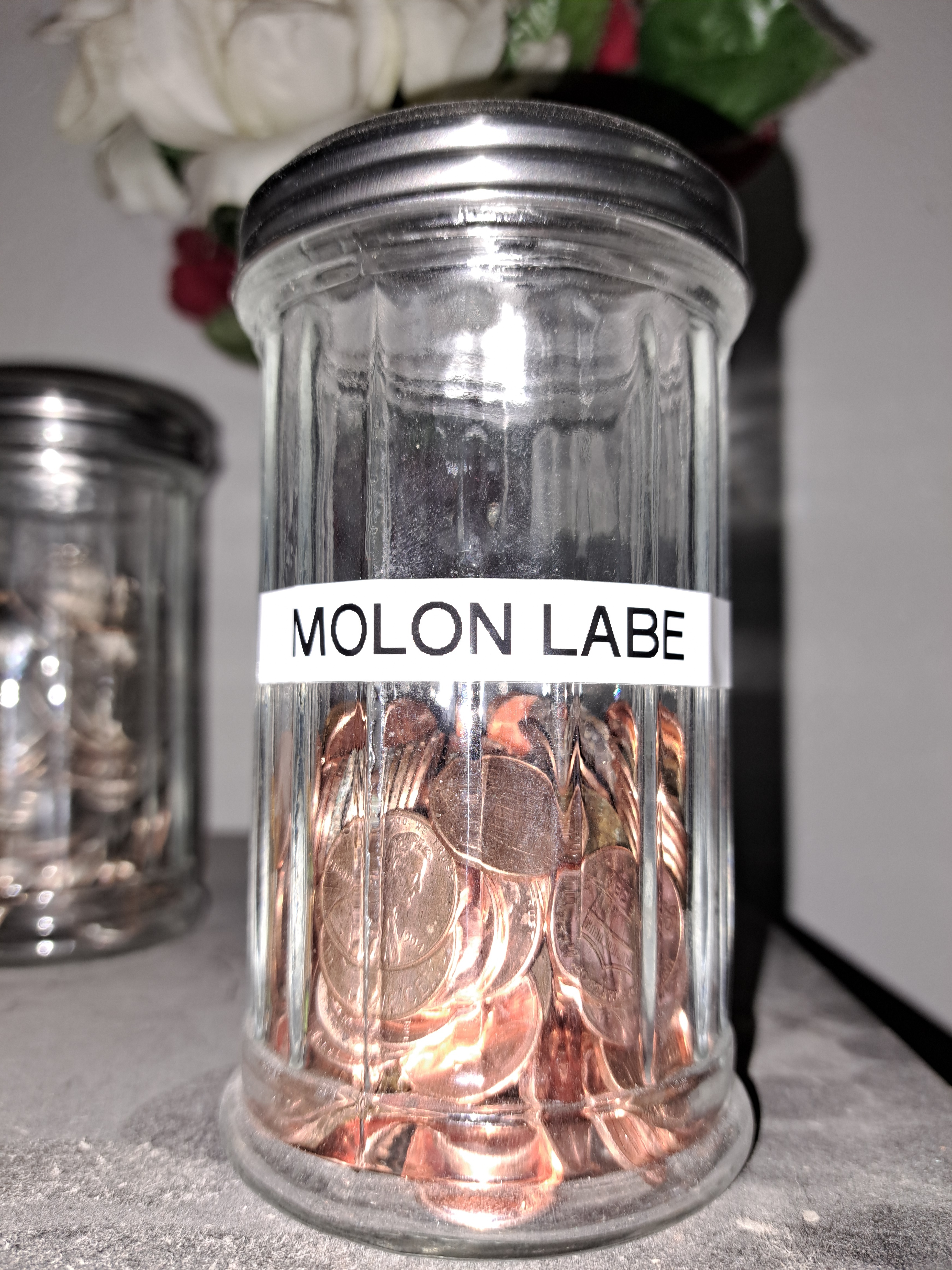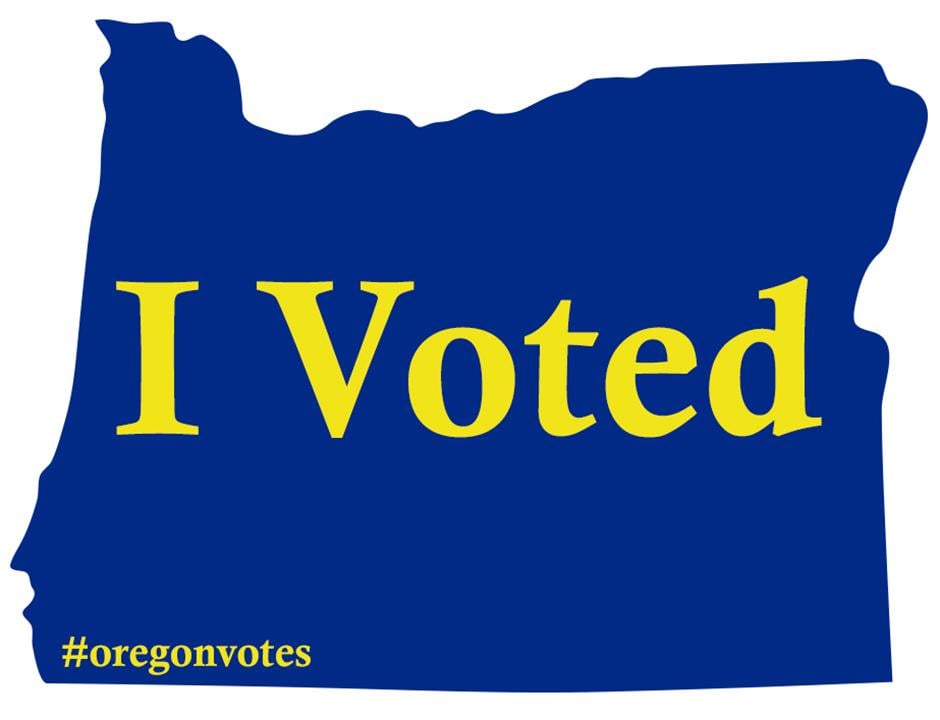- cross-posted to:
- economy@lemmy.world
- cross-posted to:
- economy@lemmy.world
Guarantee Walmart starts pricing things at $xx.96 and milking $0.04 on every transaction.
If they do it they way we did in Canada, that would round down to 95¢ and you’d get a nickel back
That would be great, but… Murica and all that. If they can fuck us without lube, they will.
Cool. Do the dollar bill next. Go buck and doublebuck coin like Canadia did.
If I can’t buy a gallon of milk or gasoline with it, it should be a coin.
Better late than never. While the momentum is here, get rid of the nickel too.
I mean… it’s been a while since I’ve even seen one
So what happens when someone pays cash at the supermarket? Who rounds up?
I saw an interview with an economist years ago where he said that if we just followed the accepted rules of rounding (1-4 rounds to 0, 5-10 rounds to 10) then it would work out about the same. In reality I’m sure companies would just pocket the extra money
They already do with sales tax. ( If the tax works out to a fraction of a cent, almost every register or POS system will round up…it’s a tiny amount per transaction, but it does happen and adds up over daily, weekly and monthly transactions)
Yes we all saw office space
Yes we all saw office space
The ol Superman III
I write POS software, and have written tax calculations that cover about 30 states, and several CA provinces.
While we do have to round (always up) when calculating sales tax, there’s no way for the business to figure out how much that rounding would be, since it’s just added to the tax collected.
And in all states that I’ve worked with, a business has to pay what they collected (even if they over collect), and can’t just calculate a percentage of total sales (since many states have tax tables, rounding rules, or 3-4 decimal tax rates, and not a flat percentage tax).
So it’s actually the government that gets the benefit of the rounding.
Didn’t know that was the case, thanks for correcting me.
You were right about the rounding / keeping the extra … it’s just someone different keeping the extra money.
I write POS software
I don’t know if you’re in any position to suggest decisions, but your software is often run on subpar hardware. Going to touchscreens doubled our call time, it was because of the half second or so of loading between touches. It couldn’t be used naturally because of the delay.
I’m an owner, so make many decisions (but I also have smart employees who’s opinions I trust very much).
This is a tough one to deal with, especially with smaller Android based handheld devices. In the 5" to 6" range we can get a few different things (wholesale costs):
- $150 - $200 dollar trash that will fail in a short period of time (Chinese imports direct from Alibaba / the manufacturer). << we don’t sell these.
- $300 to $400 devices, with similar hardware specs to the cheaper ones, but better made to last a couple of years (both of these classes are slow, and a bit under-powered)
- $900+ devices that are fast and well made.
You can guess which ones we sell the most of. Especially since they tend to get dropped, or lost quite a bit (we’re in the restaurant POS business).
For the stationary (15" Android) terminals, the situation is similar. But we sell these devices more than the handhelds, and after a few installs with well made but slower hardware, my tech lead ruled out offering the cheaper ones in favor of selling the ones with better specs, so that’s where we are now.
But lots of our competitors give hardware away to get the credit card processing revenue (a total rip off for the customer, but it’s the nature of the game), so they use the cheapest option.
Is that why sales tax is always on its own line on the receipt and it’s own account number on the trial balance?
I write POS software
Don’t be so hard on yourself!
There’s still a fuck ton of pennies in circulation and on the ground, unless they consider them no longer legal tender we’ll have plenty.
However, if we end up following how Brazil does it, in my experience, it depends on the person/vendor and the amount. If you buy something that’s like R$3,99 you’ll usually get give them R$4 and that’s it. I’ve also had it where I’ll pay for something that’s say R$4,89, give them R$5 and get 15 or 25 centavos back. Could also depend on what’s in the drawer at that time.
Corporations will 100% pocket the difference at first, but once it becomes a normal thing to do the rounding I’ll wager it’ll fall to the Brazilian method, especially with local businesses or vendors.
In other words, no register will ever come out balanced.
We follow normal rounding rules in Canada. 1, 2 round down to 0. 3, 4 round up to 5. 6, 7 round down to 5. 8, 9 round up to 10.
Can you game the system? Yes!
As a business, make sure all your prices (plus tax) come to a price ending in 3, 4, 8, or 9. When consumers buy a single item you’ll get the rounding up (edit: if they pay cash) and make sweet, sweet profit. But if they buy more than one item, you’re SOL on controlling the rounding.
As a consumer, you have way more control. First, pay with cash whenever the price will round down and you can probably “profit” 5 or so dollars a year. (Assuming you pay with cash on or two times a day, saving 1 to 2 cents each time.) Pay with credit or debit each time the price
willwould round up.Second, you can get real fancy. You can learn tax rules in depth so you know what items will or won’t be taxed and at what rate (we have federal and provincial taxes but they don’t apply to everything and they don’t follow the same rules on what is taxed.) But, you can use this info to always know what the final bill will be and always buy combinations of items that end in 2 or 7 (or 1 and 6 if you’re lazy) and always pay cash. You can profit like $20 a year or something doing this.
In reality? No one gives a shit until that one rare time you’re paying with cash and it rounds down. It’s your lucky day and you do the Six Flags Man dance. It’s like finding a penny and picking it up.
Pay with credit or debit each time the price will round up.
I don’t think it matters with credit or debit. The exact amount is paid.
Yes, that’s why you pay with credit/debit. To avoid the round up.
I changed “will” to “would” to hopefully make it more clear.
That’s what OP it’s implying.
Canada did this thirteen years ago.
frankly they might aswell cut the 5 cent piece too while theyre at it.
Make a 20¢ piece instead of the quarter and everything can go to the nearest 10¢. Then eventually we can get rid of the dime too and everything can go to the nearest 20¢.
deleted by creator
This is the forward thinking we need right now.
No, forward thinking is to depreciate the dime, ahead of its time. When the penny was introduced it was worth the equivalent of 37 cents today. Round only to quarters. No new coins - a new 20 cent piece wouldn’t be compatible with coin infrastructure today.
This is what the euro currency did, I expect for this reason.
Just scrap anything less than $1. Then make coins $1 $5 $10 $20 that look and feel similar to the penny, nickel, dime, & quarter but are really replacing these paper bills.
Why would you want coins instead of paper bills?
They last a lot longer. This is why Canada switched to coins for $1 and $2
They last longer. Up to this point the government could not get the public to adopt the $1 coin, largely because it was too big physically, and cashiers didn’t have an extra slot in their coin drawer. We could change all that now, if we convert $1, $5, $10, and $20 into coins the appear similar to the penny, nickel, dime, and quarter.
Homie just wants to have his pants constantly jingling.
We want the fantasy-trope coin-pouch hanging from our belts! We’ll tors down bags of coins! It’ll be great!
Oddly reminiscent of the Roman empire.
I guess this is a good thing, but I can imagine some companies taking advantage of this

If you’re gonna flex with an ancient Greek quote, at least use Greek letters!
I don’t know that the label gun does Greek. :)
*brag, the word is brag.
Sorry. Use Greek brag.
Great title
The one good executive order to come out of that bag of puss
If only he did it properly. The better way to do it would have been via Congress.
Canada has a law that allows cashiers to round up or down. Without this, the US is only making a penny shortage, and you better believe customers will be screaming at cashiers for “stealing their money” if they don’t get their cent back, or shrieking “it’s legal tender!” if cashiers don’t accept their Pennies.
IIRC, Canada had at least some period of time where while change provided was rounded to the nearest nickel, the penny was still legal tender. (Prices / totals were not rounded; non-cash payments were still denominated / accurate to the penny.)
And, yes, it would be better to get congress and the executive together and have an actual plan for discontinuing the penny and the nickel (and maybe the dime or quarter?). I think on this issue, the executive acting alone is better than doing nothing / maintaining the status quo.
Don’t nickels cost like 14 cents each, and won’t we need a lot more of them?
deleted by creator
Oh for sure, but if the justification is that the penny costs more to make than it is worth then isn’t the nickel in that same boat?
We should also kill the nickel and paper dollar at this point.
Nickels and dimes sure. Not sure why you’d ditch the dollar yet, it still has buying power. And dropping paper dollars for dollar coins is pants on head levels of stupid
deleted by creator
It would make counterfeiting harder, for one. It would also replace the quarter for coin op devices which are almost entirely impractical at this point.
deleted by creator
Did you respond to the wrong post?
I said I use coin op shit. It takes way too many quarters to use that shit. I handle coins all the time but I want to handle LESS COINS. I still LIKE coins but the denominations below quarters AREN’T useful and paying 3 dollars in quarters is insane.
Cash machines jam all the time. This is why most pay machines now are credit card - I DO NOT LIKE PAYING WITH CREDIT CARDS. I do not want that. The current coin situation in the US is dumb.
The half penny was eliminated when it was worth more than a dime in todays money.
I really hope you’re not advocating for a cashless society.
I’m ready for that possibility
Monero
Great, so throw every homeless or vulnerable person, abuse victims, children, etc who do not have access to a bank account or phone into a completely worse state. Food? Busses? For any of these people they are just now off the table. Eliminate whole sects of the restaurant, service, and gig economy industry overnight and millions will lose their jobs. The amount of people who work under the table at restaurants is outstanding.
I’m all for it. Real talk though: at what point do we consider re-basing the dollar? I get that we’re nowhere near that now, but I’m guessing it’s at the “kill the $1 bill” mark?
I’d answer this with ‘we rebase the dollar when a coin can’t buy a thing.’ It should have happened decades ago. Here’s my worked example.
A penny used to be a lot of money. You could buy actual things with a penny. I’m sure our oldest contributors can point to the day that a penny would get you a piece of candy. In my earliest days, I could get that same piece of candy with a nickel, but by my teens, that piece of candy would be a dime or even quarter. I remember when a bag of M&Ms cost $0.50, That became $1.00 around the 2000s, and is now $2.00.
A penny sitting on the ground was ‘good luck’ back in the day. I think that’s because you could bend down, pick up that penny, head to the store, and plink that penny down and get something in exchange for it. Today, you can’t plink down a single penny for anything. You can’t even plink down 10 of these pennies or a dime and expect to get something today, with the cheapest things requiring 25 of these coins (or a single quarter). Not much luck if you need 25 of them to get a burst of sweetness.
If we did away with the penny, would anyone lose anything? That’s 5 seconds at Federal Minimum Wage, and about 2 seconds at my city’s minimum wage. It takes more time to reach down and pick up the penny than you’d earn working a minimum wage job, so arguments about ‘Oh, prices will go higher if we eliminate the penny’ ring hollow to me. There is functionally no difference between $7.99 and $8.00 pricewise. Even a hike of a $7.9 priced item to $8 isn’t a bunch of money. We’re almost to the point where you can’t buy something with a single dollar bill. The time for the hundredth of that dollar bill passed a LONG time ago.
I recall the gumball machine at my childhood barber being a penny in the mid 1980s. I don’t recall when it went up exactly, but it was around then. I was born in 80 so I was pretty young when it happened. But yeah, even then the convenience store in the middle of town had a candy aisle with lots of 5 cent candy that made picking up pennies worthwhile.
I also remember in the later 80s when I began reading them, comics were $0.75 each. Over the next 15 years they went to $3, until I was in college and my comic habit was just too expensive, so I stopped the monthlies completely.
Inspired by your comment, I decided to look up when the U.S. stopped minting the half penny, as well as what a “half penny” of that time would’ve been worth when accounting for modern inflation.
The U.S. half penny was abandoned in 1857. The inflation calculators I checked don’t allow for division by half-cents, but when $0.01 from 1857 is inflated to today’s value, it comes out to somewhere between 37¢ and 38¢. If I did the math correctly, that means a U.S. half cent was worth a modern equivalent of about 19¢ at the time it was discontinued.














